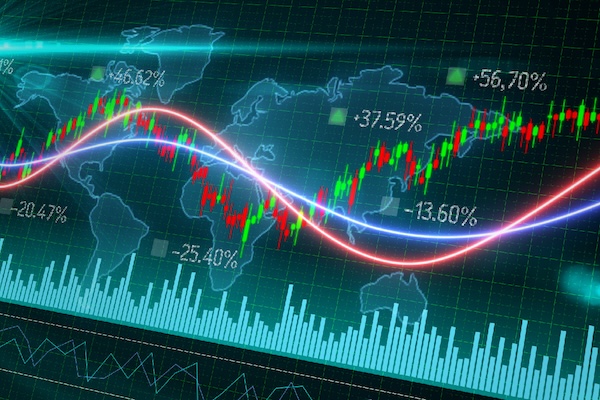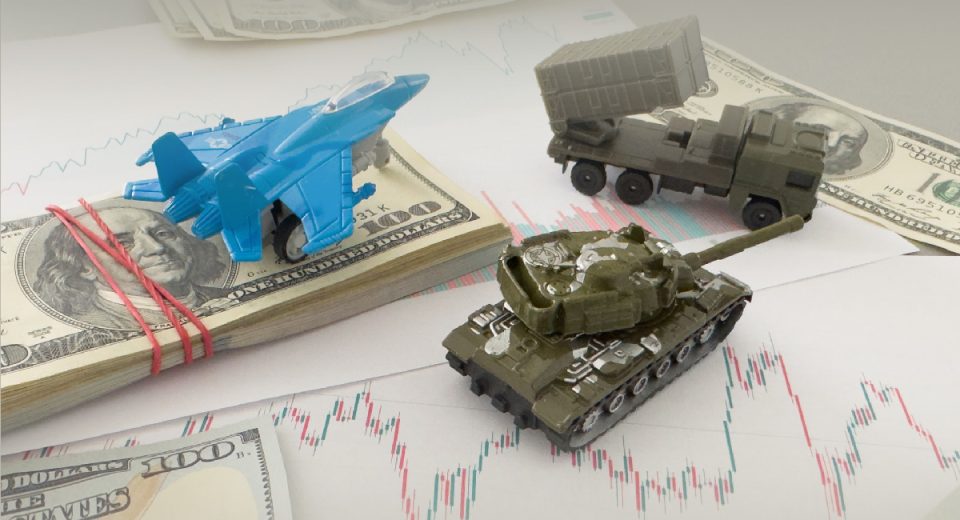Gapping in the Market

A “gap” in the market is the price movement of an asset, including a currency, stock, commodity, etc., during a period when no trading has occurred. Most commonly, gapping in the market is seen in the difference in price of the asset between its closing price at the end of one trading period and its opening price in the next trading period, such as overnight or over the weekend. However, gaps can also occur over shorter time frames, which is what some day traders use to make trades.
Mind the Gap! Why Do Gaps Occur?
If you’ve used a subway train you’ll be familiar with the gap between the platform and the train. This is needed to ensure the train slides past the platform without crashing into it. Gapping in the market occurs due to various factors, including the regular buy and sell pressures, political and economic events, economic or policy announcement by a country, market sentiment, acts of terrorism, natural disasters, or for that matter any news event that is of high impact for a nation. Like the subway train and platform, these gaps in market prices allow certain events to slide past without crashing into an asset’s value.
In short, gaps are most often created by fundamental changes, making it all the more important for traders to remain updated with the economic calendar, as well as other geopolitical events.
Types of Gaps
Gaps can be either a down gap or an up gap. The former occurs when the opening price is lower than the closing price, while the latter occurs when the opening price is higher than the closing price of the previous trading session. While this is broadly how gaps occur, gaps are classified into four types:
- Break Away Gap: This is usually formed at the beginning of an uptrend, or when a price is exiting a consolidation phase. The reason it is called a break away gap is that the price typically breaks out from the previous consolidation and signal a new market move or the beginning of a new trend.
- Exhaustion Gap: These are created at the end of one trend and usually reflect a final push in momentum before the price begins to move in the other direction. While exhaustion gaps are easily recognized in stocks, since they are formed when there is an unusual increase in volume, this is usually not a very reliable indicator when it comes to forex. In forex trading, it is advisable to look at exhaustion gaps in combination with the prevalent trend and potential support and resistance levels. Exhaustion gaps usually occur in the same direction as the existing trend, which means that in an uptrend, you would see an up gap.
- Continuation Gap: This is also created within the existing trend and usually occurs about midway into the prevalent trend. When a continuation gap is identified, it usually means that the current trend is likely to continue and therefore the trader should trade in the direction of the trend. This is possibly one of the safest trading methods, especially when it is used in combination with other methods, such as support and resistance levels or trend lines.
- Common Gap: As the name implies, this gap occurs most often and it can happen at any time during a trading session. Such gaps are also easily filled and therefore can be used for intra-day trading, meaning for very short-term trades.
Using Gapping in the Market
The trading strategy typically used to benefit from gaps is to borrow short and lend long. This helps the lender gain better interest rates, since short rates are usually lower than long ones. However, whether you take a long or a short position would depend on the type of gap identified. For novices, if you are unsure about trading gaps, you could also use it as a confirmation signal for your trading decisions. For instance, if you identify a break away gap, you know that an uptrend is beginning and can then base your trading decision, using other indicators and analyses, with the uptrend in mind.
On the other hand, if you are worried about limiting risks, normal stop orders can help. However, while stop loss orders do help manage risk, they are not infallible and there are times when the market could shoot past your stop. At such times, it is best to close the trade at the best available price, which could be different from your trigger value.
You could also consider guaranteed stops to protect trades against gapping in the market. While these work in a similar way to the normal stop loss order, they guarantee that a spread trade would be closed at the set trigger value, regardless of gapping or any market volatility.
The bottom line is that while you can take advantage of gapping, it is best to use risk management tools, regardless of what trading strategy you use.
Disclaimer
If you liked this educational article, please consult our Risk Disclosure Notice before starting to trade. Trading leveraged products involves a high level of risk. You may lose more than your invested capital.




